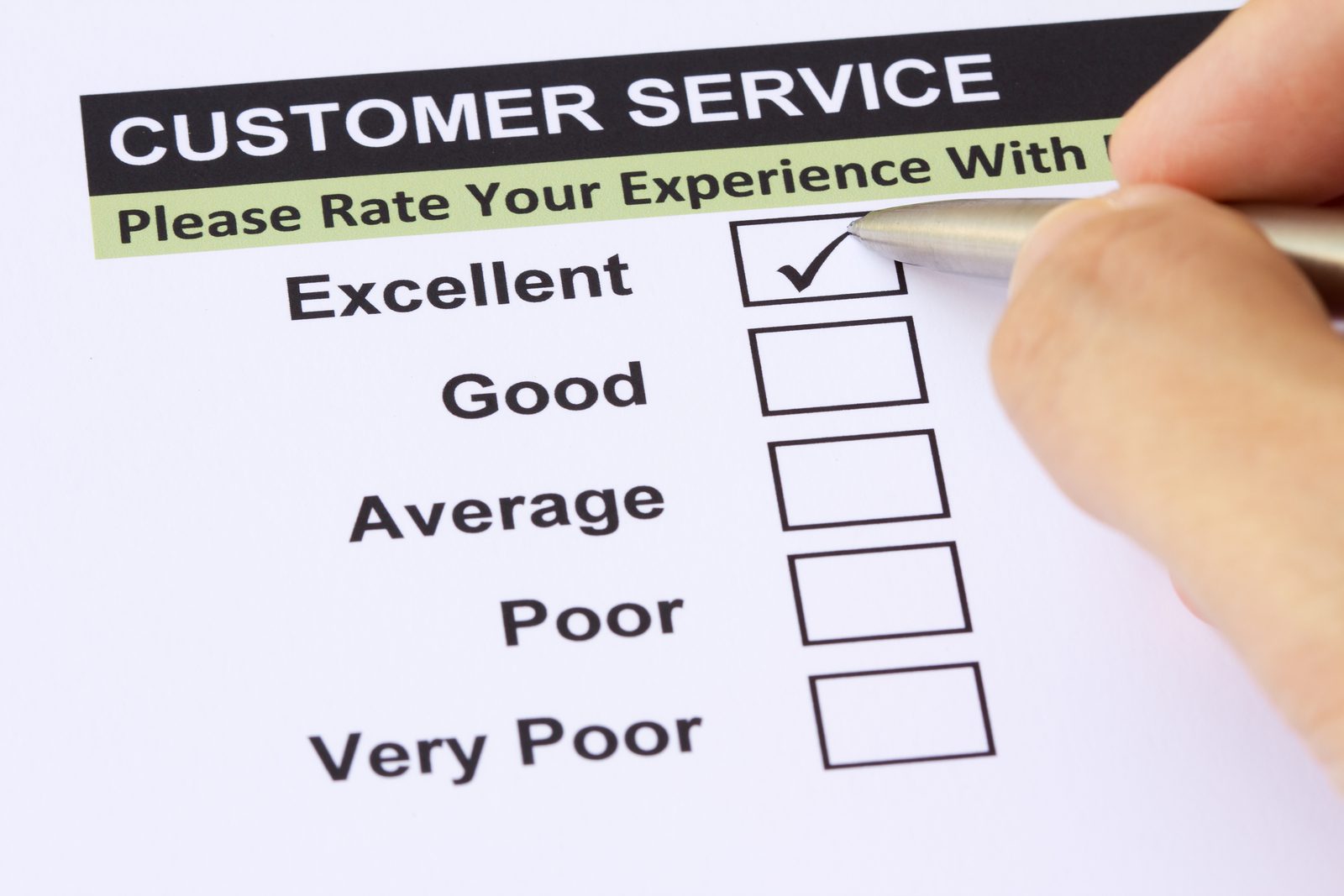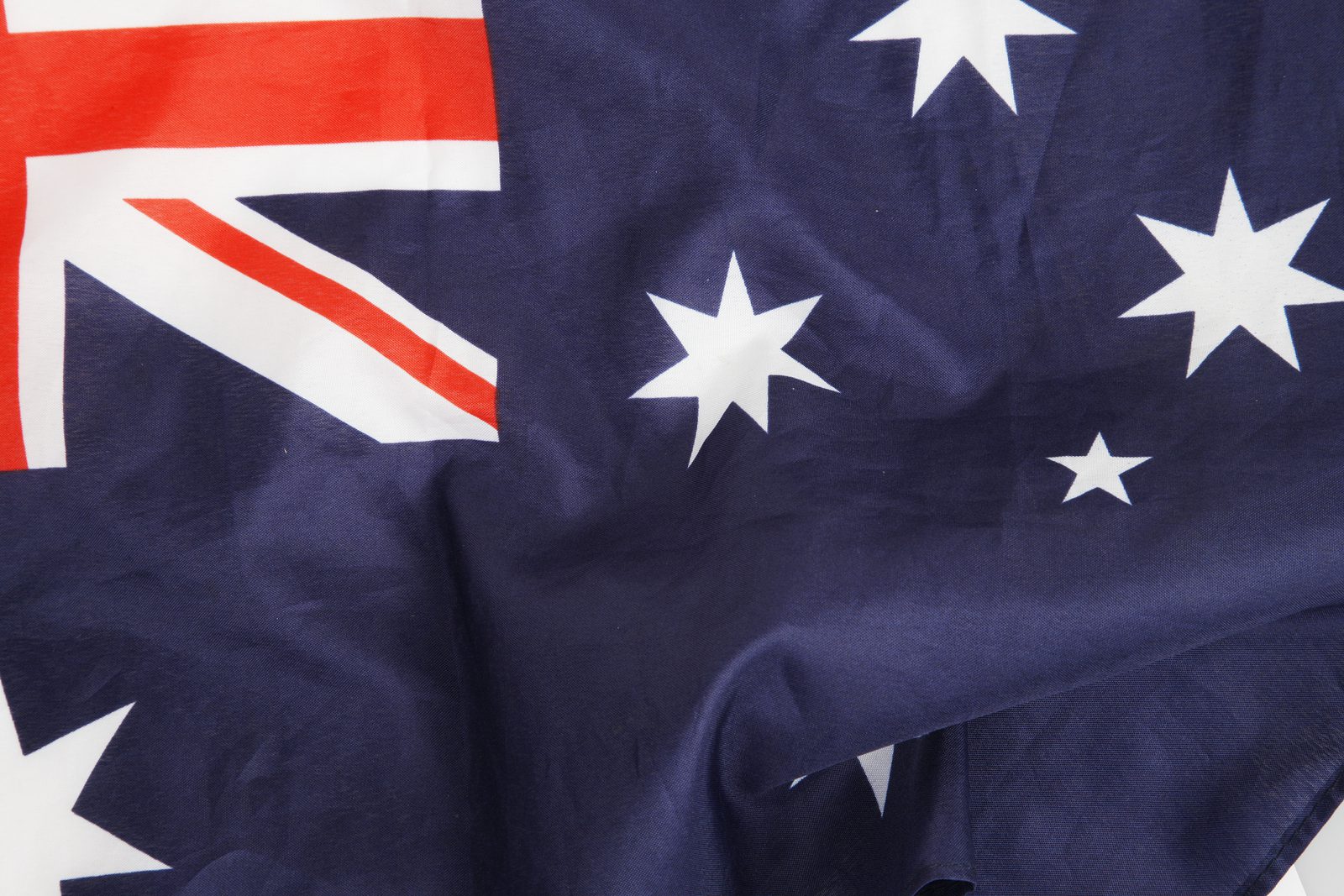What did your customer experience?
In any type of retail outside of commodity the customer experience must be king.
In today’s world, if you had any doubt then take a quick look at the vacant shops in your local high street.
The retail world is morphing into three basic models. The first model is the commoditised transactional retail: supermarkets, big-box category killers (think Bunnings or Officeworks), and value driven discount and bulk stores with the proposition “we have it all and it’s cheap".
The second model is the on-line retailer: Amazon, iTunes and any number of segment-specific sites with the proposition being “we can get almost anything to you quickly and at the best price and you don’t need to leave your desk".
And then there is the third model – the experiential retail outlet. This sector covers where you want to go to physically experience the service or product i.e. restaurants, vanity services (hairdresser, spa, beautician) and entertainment (cinema, live music). Increasingly, luxury brands are creating icon stores with the intention of immersing the customer in the brand values (think Apple, Bose, B&O, Montblanc, Bally, Louis Vuitton).
The inevitable impact of the shift to three dominant retail models is squeezing the margins of businesses occupying the middle ground of general retailing.
The impact of this trend is being felt in the far broader retail space as well.
Even in areas such as automotive retail (where traditionally physical attendance and interaction with sales and service staff is necessary), greater customer use of on-line research means minimising the physical interaction.
If retail outlets allow their customers to become increasingly distant they will eventually be unable to keep them.
For any premium product retailer the answer has to be a total customer experience that provides a compelling case for customer loyalty.
Recently the Cadillac dealers in the USA were sent to a three-day Disney “boot-camp” where they learned from Disney about the effort Disney employees invest to ensure that the Disney experience is one that gets customers coming back time and again.
One of the simplest techniques is to advertise a theme park opening time of 9.00am yet to open their doors, every day, at least 5 minutes early. Disney says “this is a nice surprise for customers who have arrived early and are waiting at the doors. We want to get them off to a good start.”
What a remarkably simple customer-centric action. This is both easy to achieve and sets up a positive initial impression. Take this philosophy to every aspect of the customer interaction and watch the loyalty and recommendations grow.
In a world of instant internet access, the “show” is the one experience you can’t deliver on-line.
JK



